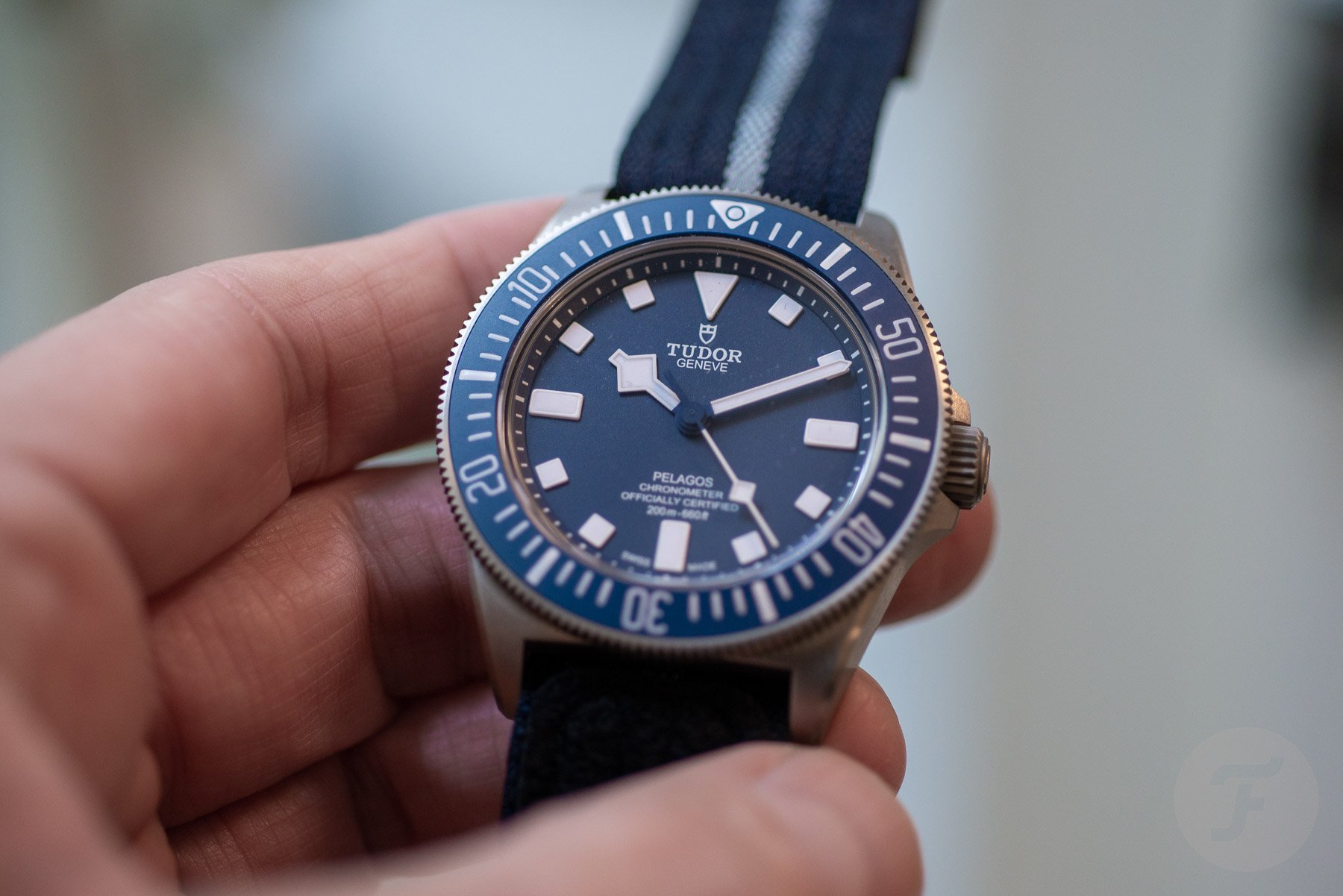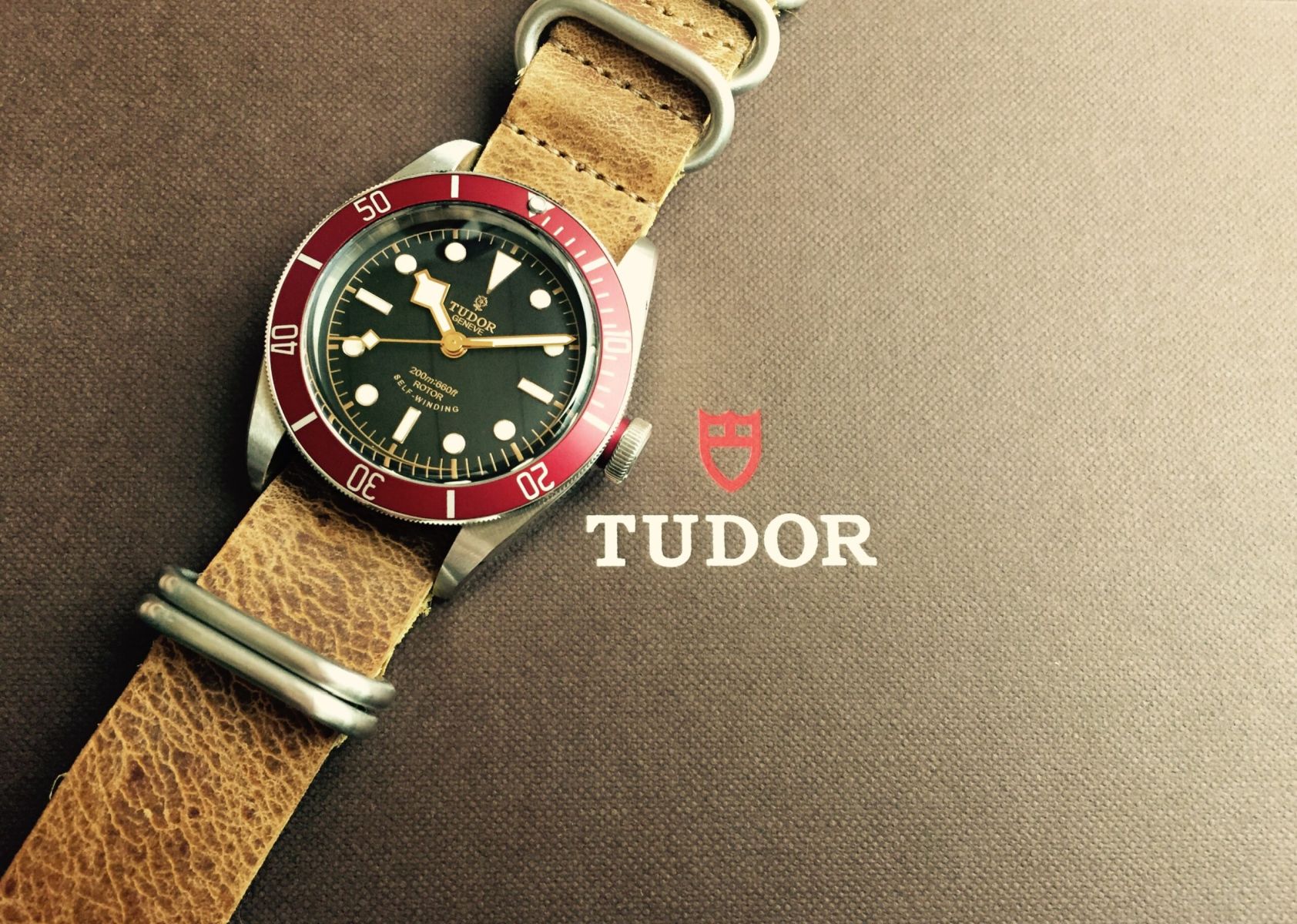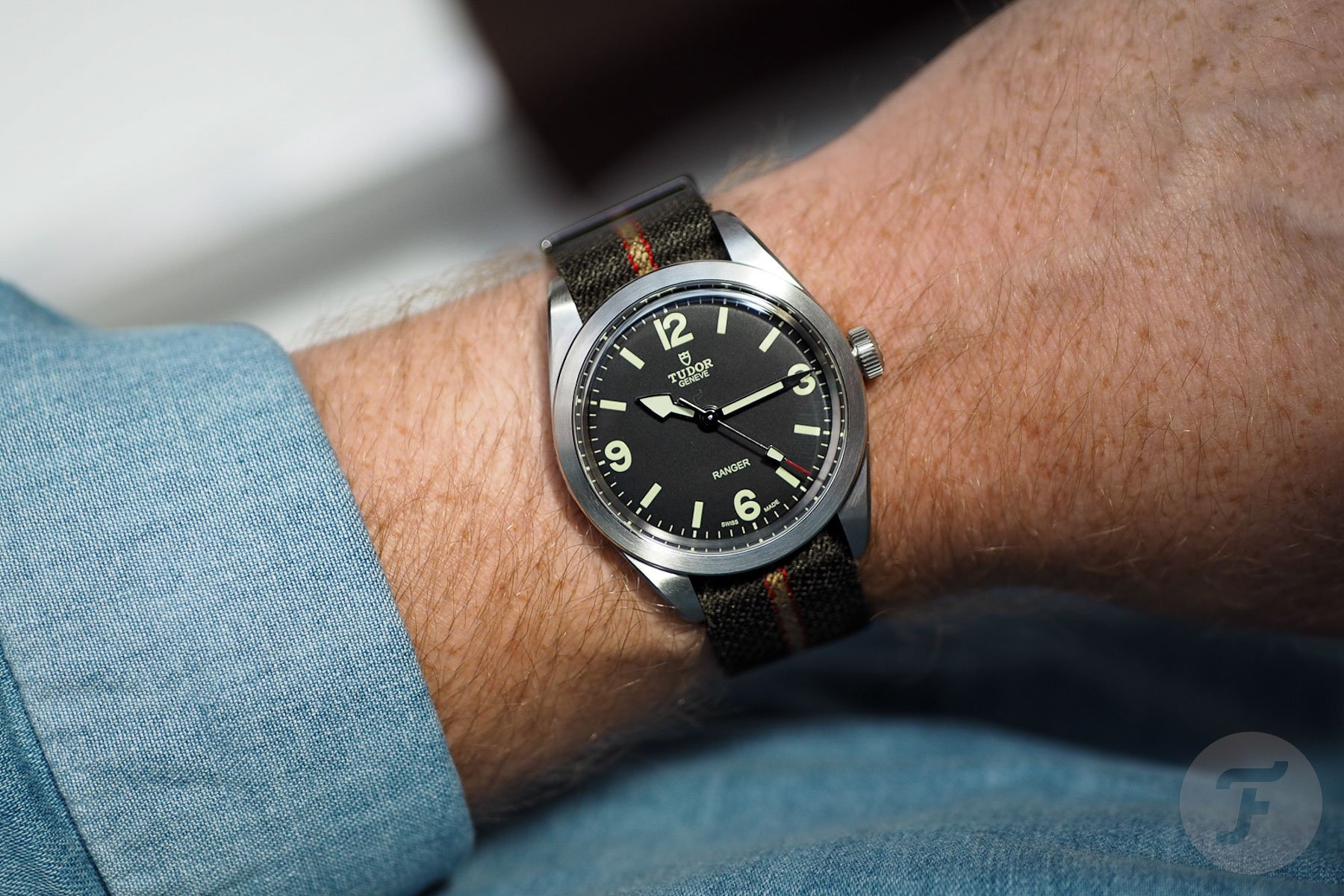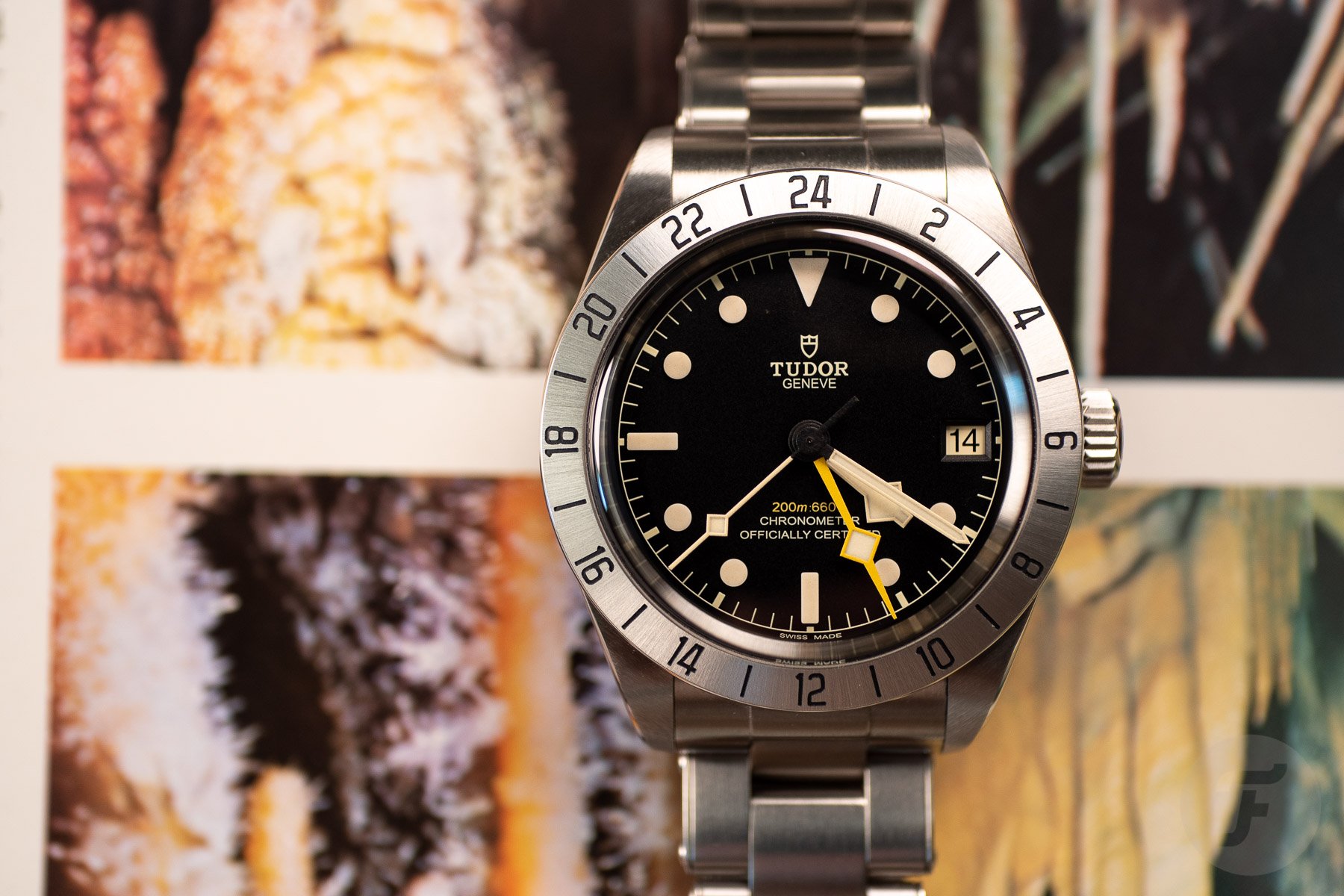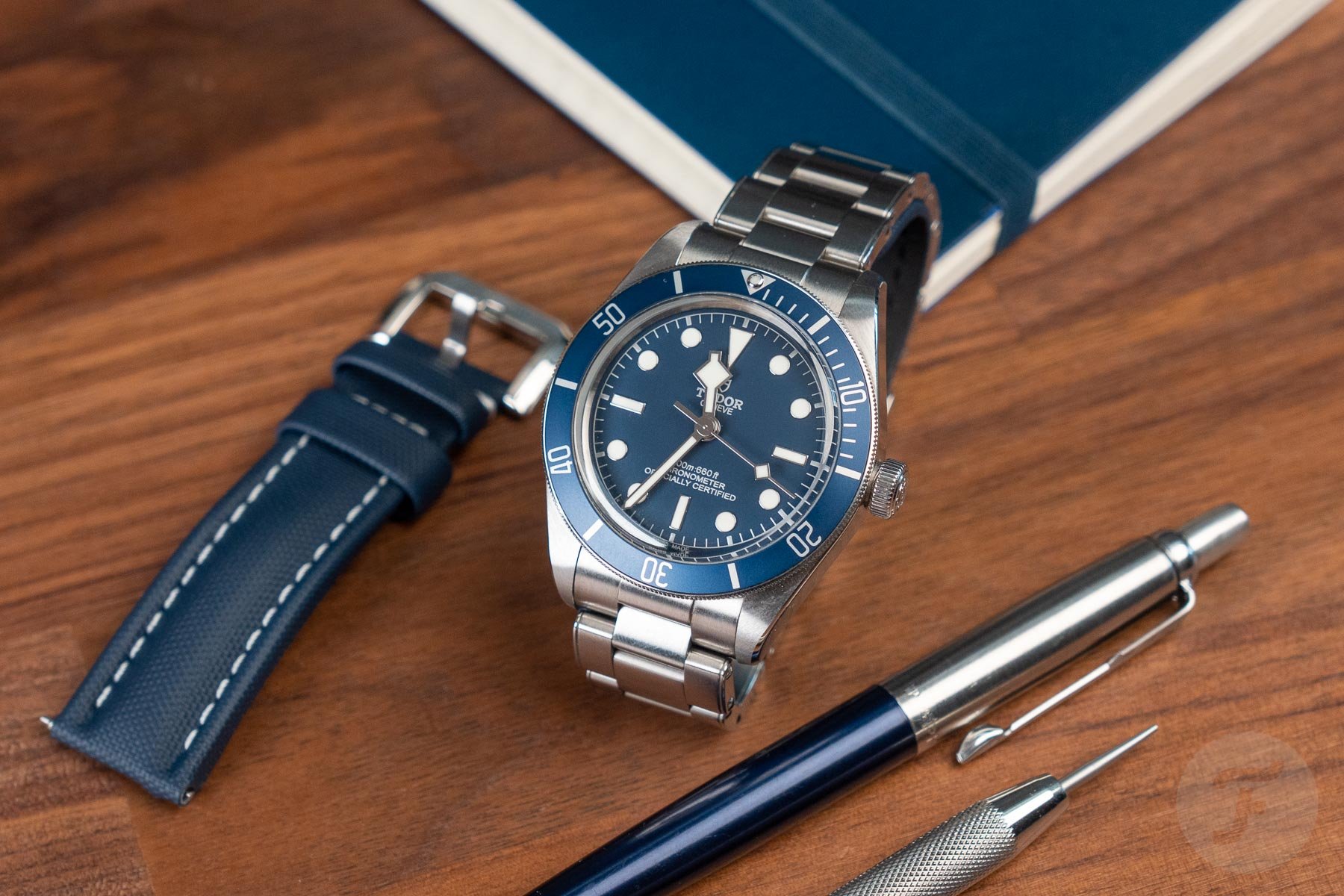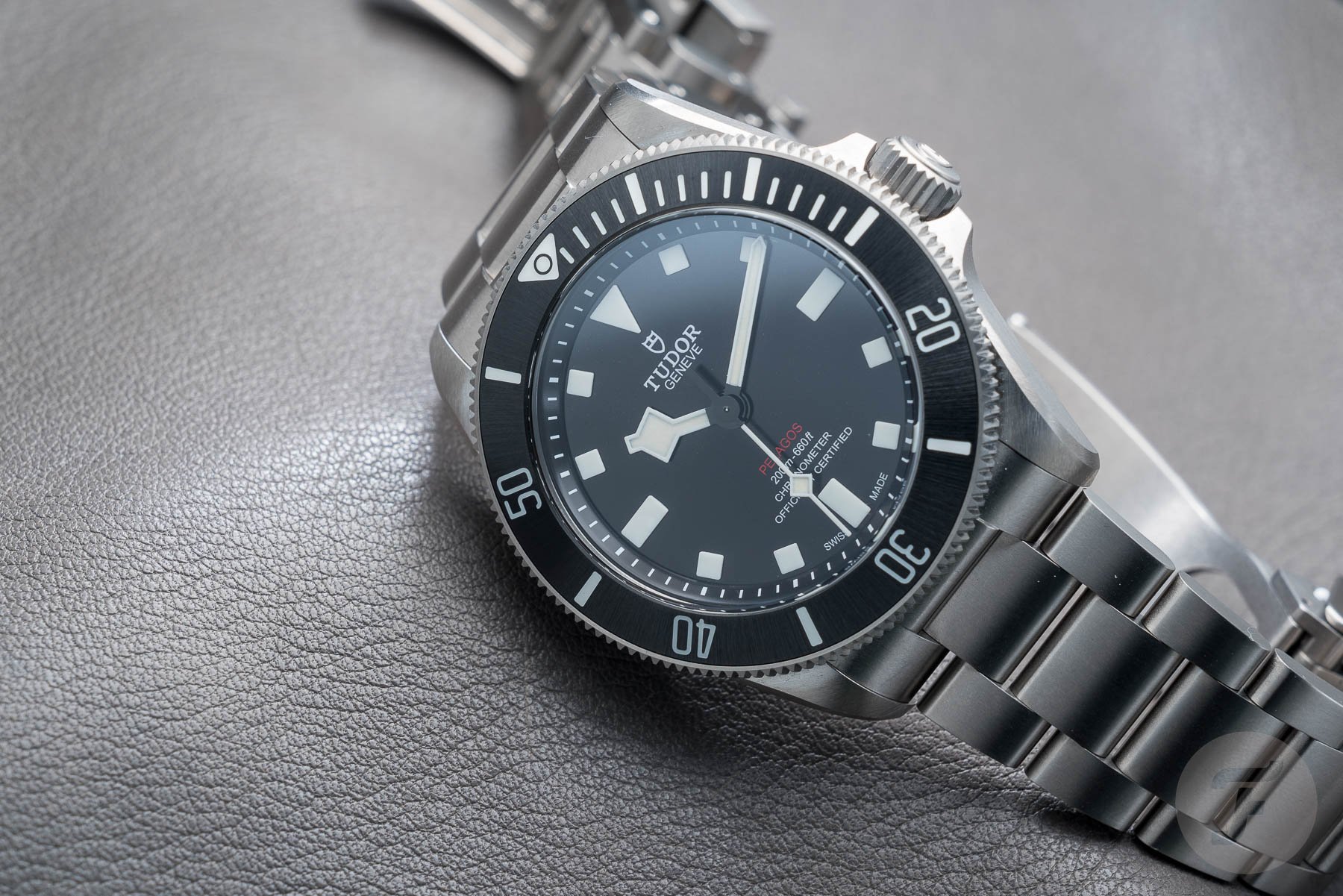Tudor’s Ten-Year Transformation — How The Black Bay Set The Brand On A New Course
It has been ten years since Tudor introduced the Black Bay and made its comeback in the US. It marked a new beginning for the company and a change of strategy, but now Tudor really does mean different things to different people. We have several generations of aficionados working at Fratello. Interestingly, the younger writers now seem to have a completely different view of Tudor than the older colleagues. It sparked a lively debate during a recent editorial meeting. For some, Tudor remains Rolex Lite. For others, it is one of the better enthusiast brands out there. This is something worth unpacking!
The core question is this: is Tudor succeeding in stepping out of Rolex’s shadow? And, perhaps more importantly, is Tudor even actually trying?
When Tudor was a cheaper Rolex
We have to start with a quick history lesson, specifically for our younger readers. Prior to the 2012 change of direction, Tudor really was a budget alternative to Rolex. Most of the brand’s watches were of similar designs — even made with mostly Rolex parts — and fitted with cheaper ébauche calibers. In fact, providing an accessible alternative was its entire reason for being. It was why Hans Wilsdorf launched the brand in the first place.
I do not think this is entirely doing Tudor justice, though. The brand has always put its own spin on things. The snowflake Subs and the original Ranger are great examples. Sure, they were obvious counterparts to the Rolex Submariner and Explorer, but they had their own charm in a very different way. Tudor’s history with the Marine Nationale is another valuable asset in its history.
Some of our more senior editors, however, remember a time when they could pick up a Rolex Submariner for around €2K. A more affordable alternative did not really appeal to them then because its big brother was easily available and relatively attainable. For them, it remains hard to see Tudor as a full-fledged watch brand.
The Tudor turn-around
Tudor came back with a vengeance in 2012. Right as the whole vintage-inspired trend was up and coming, Tudor paid homage to the Rolex/Tudor joint history. The Heritage Black Bay was a mashup of historic references from the brands’ back catalogs. It took fan-favorite design elements from vintage Submariners and put them together in a high-quality, modern package. Crucially, by leaning into heritage, Tudor finally diverted from Rolex.
Tudor has built on the success of the Heritage Black Bay since. The North Flag was another statement of intent. It looked like nothing the crowned brother had ever done. The Pelagos came to further emphasize Tudor’s individuality in its characteristic square markers and snowflake hands — a handset, by the way, that the house would use as a signature feature on the majority of its watches.
At the same time, Tudor focused on branding. A host of celebrities were brought on board to claim a more fashionable image. The final nail in the coffin of the “Rolex with a cheap movement” image came when Tudor founded Kenissi to head the development and production of its own calibers.
Tudor’s new market position
You could argue that Tudor took Rolex’s spot in the market. With Rolex moving ever-upwards, a position opened up. Omega could have taken that spot, but the brand seems to be chasing Rolex to the higher segment too. Tudor is reigning supreme in the sub-5K (euros or US dollars) segment.
Tudor is now in direct competition with brands like Breitling and Cartier. Arguably, it is offering more for less than both of those brands, and it does so with a distinct style of its own. Some models still do refer to Rolex models. For aficionados, that might detract from Tudor a bit. However, I think it is still a smart move since it cements the direct relation with Rolex in the general public’s awareness. A smart move from a business perspective, that is.
No longer a substitute
Tudor might still feel like an affordable alternative to some of you. Lex clearly felt this way upon the release of the Black Bay Pro. I do not think the brand is perceived as such by its core clientele. With its aggressive marketing, Tudor is clearly aiming at a new target audience — a younger audience that may not have been deep into watches before.
This is significant. Imagine you are a young professional and you have managed to put your career on track. You decide you would like to buy yourself a nice watch. You think to yourself, “3–5K seems like a good budget for a serious watch.” You start looking, and Tudor is already top of mind thanks to its prominent advertising. You find that Tudor offers attractive, well-made watches. They seem to have some proper heritage and there is a link to Rolex. You also like the vintage vibe, so it’s an easy decision. And one that is very hard to argue with, frankly.
Judging from what we see in the market, I think this is the more common route to buying a Tudor nowadays. I reckon the Rolex alternative does not even come into consideration as it is not in the same mind space. I see it in my own group of friends. Several are just into Tudor and aspire to own one someday. They do not even look at Rolex. To call Tudor a substitute, then, hardly seems fair. And before you start roasting me in the comments, yes, I am aware this is an anecdote with zero empirical value. Cut me some slack; this is just a thought piece, mmkay?
A market segment of its own
Tudor has succeeded in claiming a market segment of its own. It rides the line between accessibility and luxury extremely well. This results in watches that are attractive not just to one-time buyers but to the fanatical enthusiast as well. And it shows as Tudor admirers will fanatically defend their beloved brand in comment sections all over the web.
And rightfully so. The designs are often very pleasing. The feature set is good, and the execution is often excellent. Specifically, case finishing and bracelet quality are top-notch. You really do feel like you are taking a step up from lower segments. I personally feel that many Tudor models feel similar to — and sometimes even better than — a lot of far more expensive watches. You may dislike the vintage vibes of a Black Bay Fifty-Eight, but you cannot possibly argue that it is badly made. It is a product of very high quality, and it shows.
Potential pitfalls for Tudor
I do feel that Tudor must tread carefully on the commercial side. The Lady Gaga and David Beckham collaborations may have detracted from its street-cred with aficionados. But then again, that is just the way big brands operate nowadays. And there is a good commercial reason to do so.
The recent Pelagos 39 release came with another bit of controversy. Its shiny dial and bezel paired with the whole “fancy lifestyle” campaign did not go down well. I am sure the watch fam would have rather seen Tudor stick to a more authentic approach. Just make us a good watch; don’t tell us it’s great for drinking cocktails poolside. I have had hands-on time with the watch in the meantime. I think it is superbly made, but indeed weirdly shiny. It seems unsure whether it is that old-school, tough-as-nails diver or a fashionable lifestyle accessory.
These approaches might lead to commercial success in the short term, but they could alienate true fans of the brand.
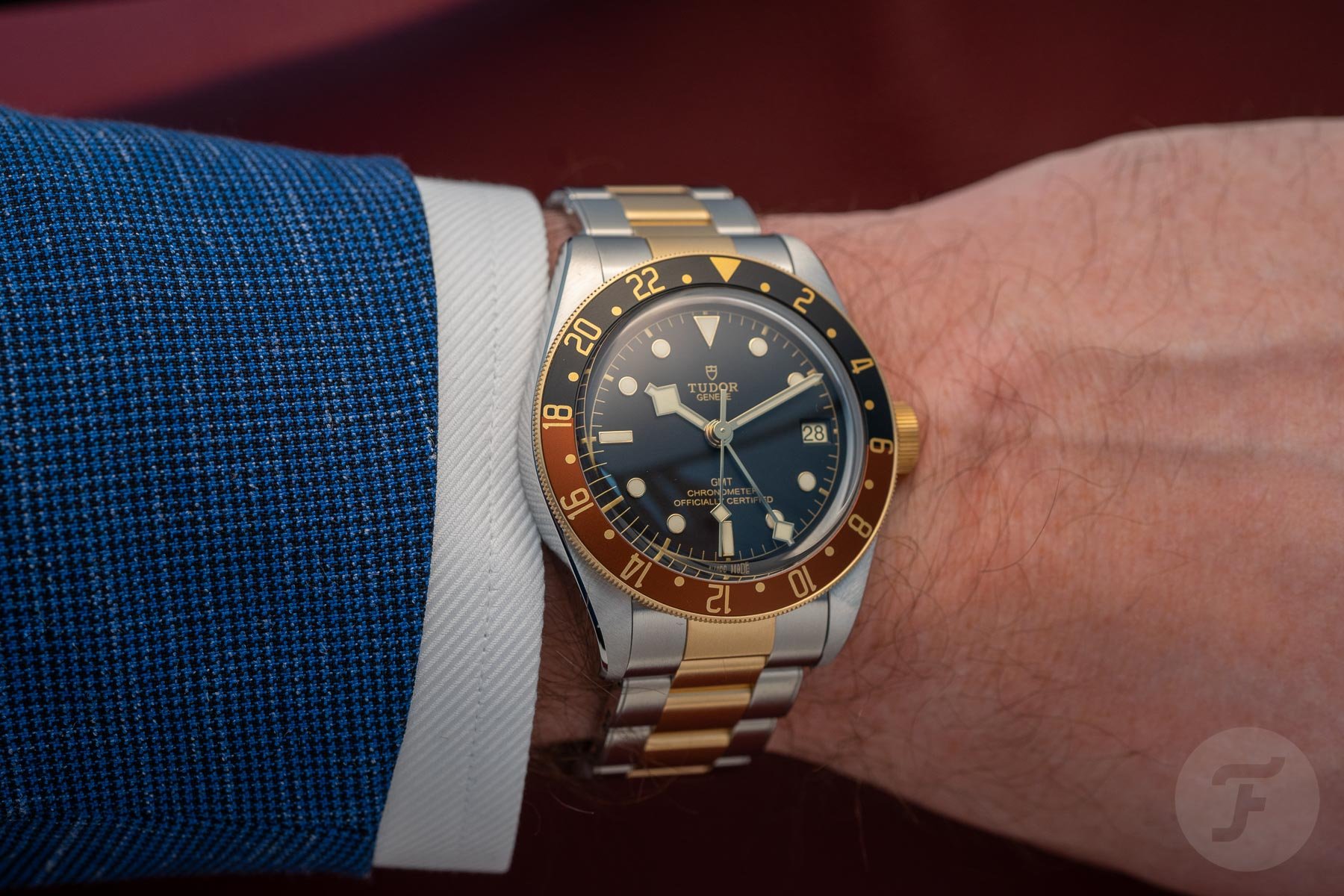
Closing thoughts
I think it is undeniable that Tudor has made big moves to change its image over the past decade. After ten years of the Black Bay, the brand has firmly cemented its own identity. For some, it remains hard to see Tudor outside of its big brother’s shadow. For others, that shadow is hardly in view anymore.
And then Tudor makes a straight-up Rolex ref. 1655 homage in the Black Bay Pro. Tudor stepped right back into that shadow again. Or is it just a not-so-subtle way of pointing at its big brother? “Yeah, that juggernaut is my brother. Don’t you dare mess with me.”
What do you think? Have ten years of the Black Bay, proprietary caliber development, new models, and distinct marketing cemented a unique identity for Tudor? Have your say in the comments.

